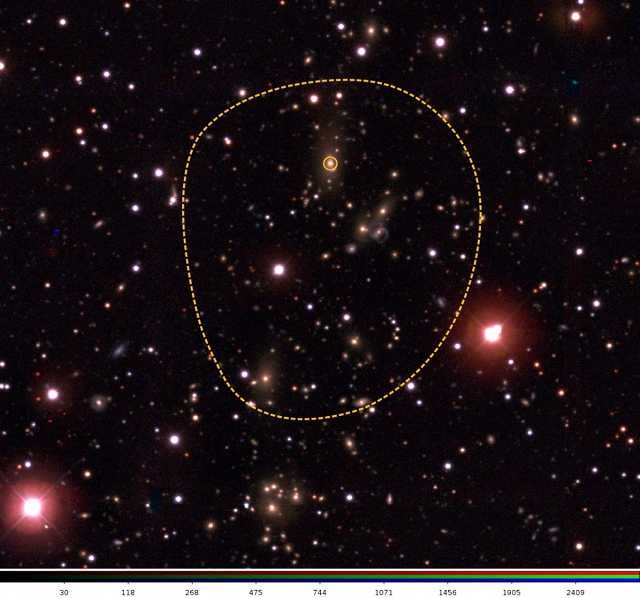Locating the biggest fish in the cosmic ocean
Ars Technica » Scientific Method 2012-11-26

Matter in the Universe is structured hierarchically: smaller objects like planets and stars group together gravitationally to form larger objects, which also group together to build ever larger structures. This continues until you reach galaxy clusters, the biggest collections of matter bound by mutual attraction.
Because they are sensitive to gravity and the distribution of mass, galaxy clusters potentially provide some sensitive tests of models of cosmology. Particularly, the expansion rate of the Universe contributes to the number of galaxy clusters that can form: if the rate is too fast, then the formation of large clusters would be suppressed. As cosmologists attempt to characterize dark energy, which is causing the expansion of the cosmos to accelerate, the number and size of galaxy clusters may help constrain its properties.
A new survey of galaxy clusters marks the beginning of a promising effort to map the birth and growth of galaxy clusters back to relatively early times. Jeeseon Song and colleagues used optical and infrared telescopes to measure the distances of 158 bright clusters in a large patch of the southern sky, looking back in time to when the Universe was less than one-third its current age. These observations provide the beginnings of a history of galaxy cluster evolution, which should help constrain models of dark energy.
Read 9 remaining paragraphs | Comments